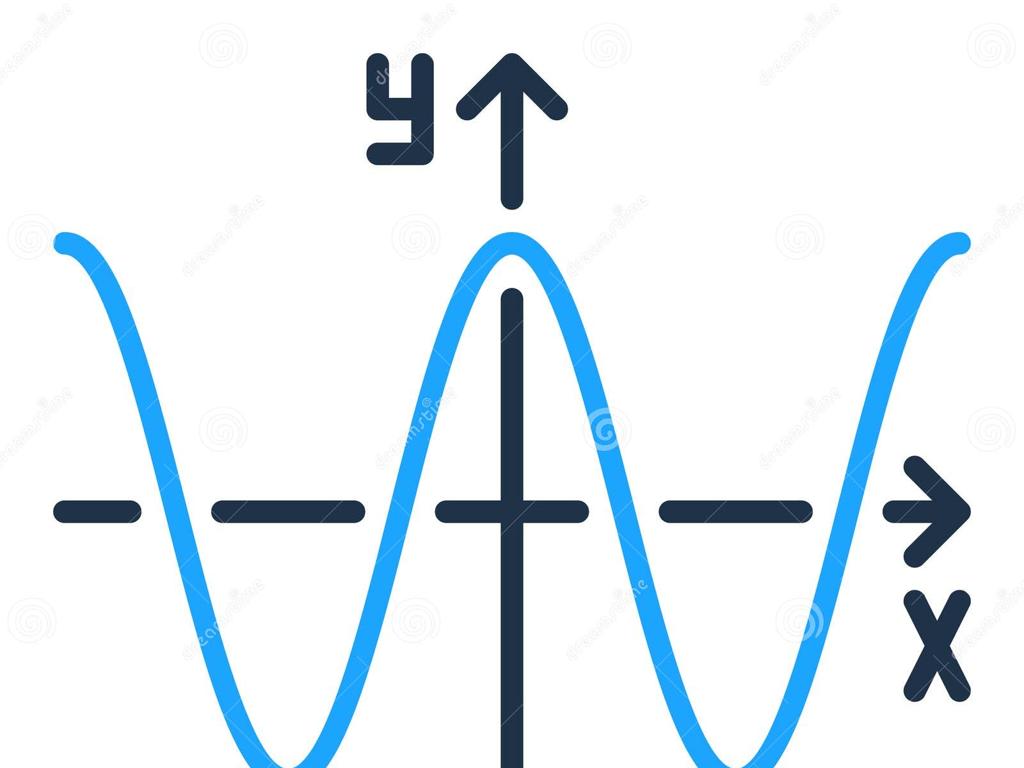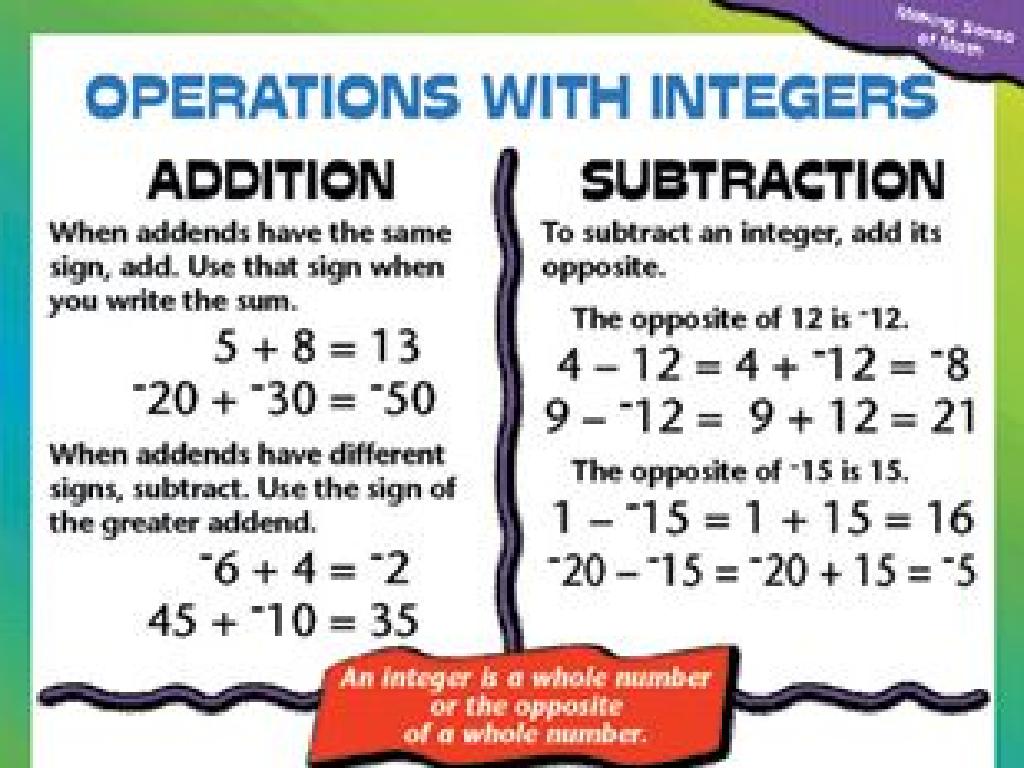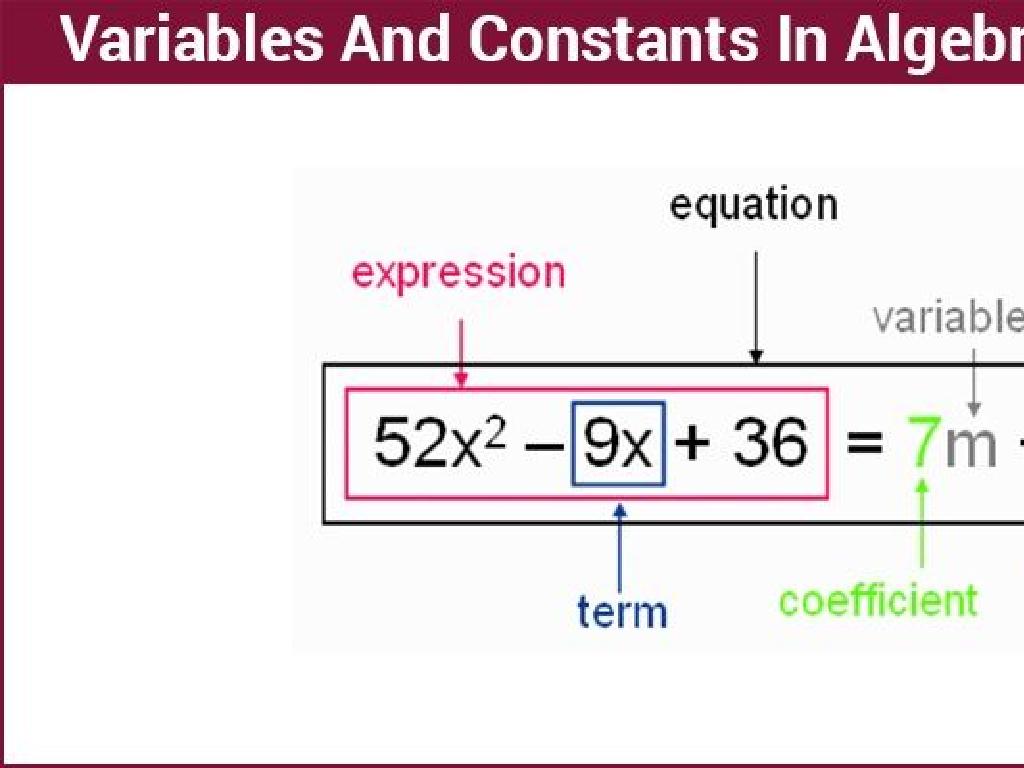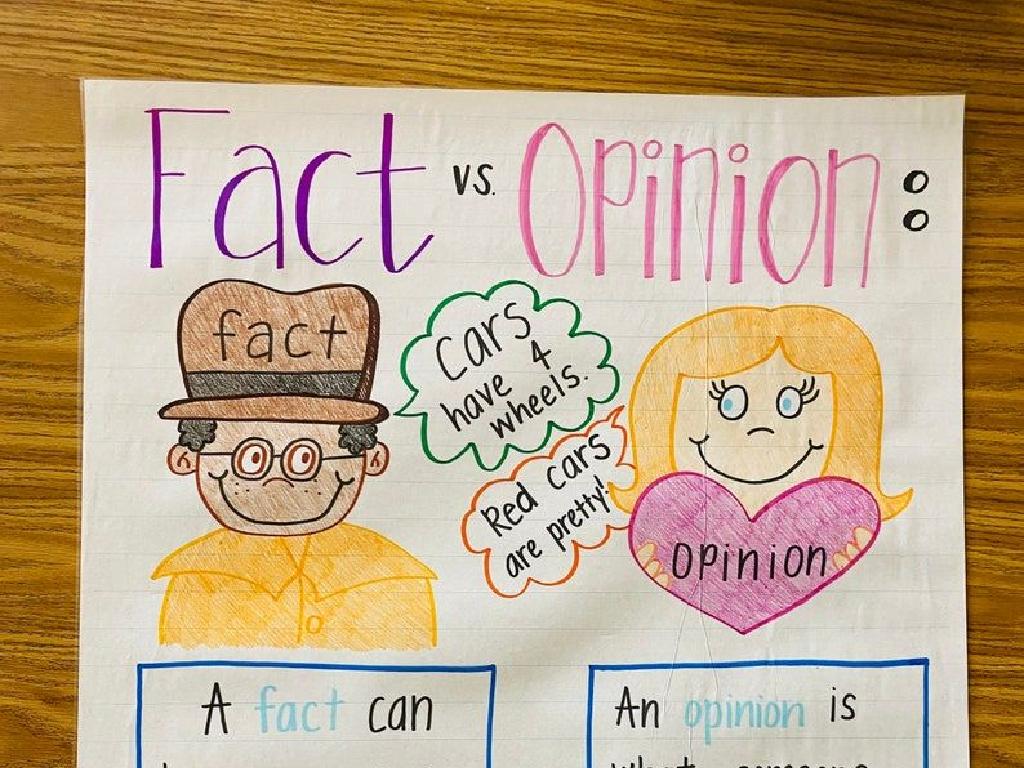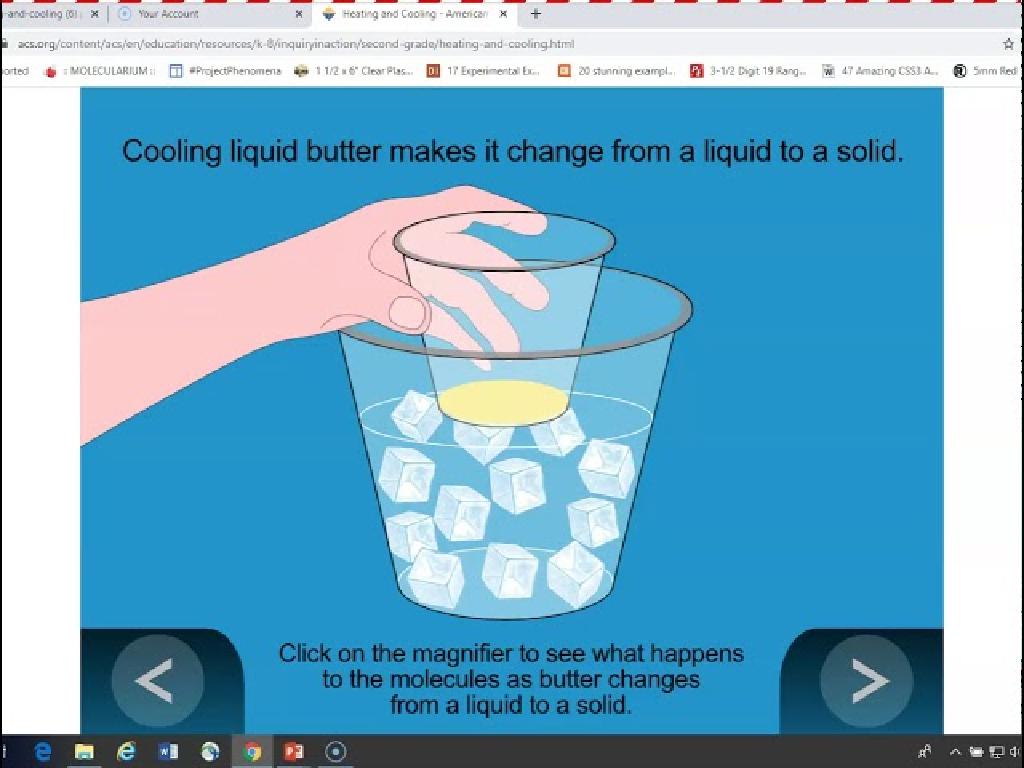Abbreviate Force, Energy, And Electricity Units
Subject: Science
Grade: Sixth grade
Topic: Units And Measurement
Please LOG IN to download the presentation. Access is available to registered users only.
View More Content
Introduction to Units and Measurement
– Basics of measurement
– Measurement is comparing an object to a standard unit.
– Need for standard units
– Standard units allow us to communicate and compare measurements effectively.
– Focus: Force, Energy, Electricity
– We’ll learn about Newtons (N), Joules (J), and Watts (W) or Volts (V).
– Significance in science
|
This slide introduces the concept of measurement and its importance in science, particularly in understanding and communicating about the physical world. Emphasize that without standard units, it would be impossible to have a common understanding or to replicate experiments. Today’s lesson will focus on the units used to measure force (Newtons), energy (Joules), and electricity (Watts or Volts). Highlight how these units are part of everyday life, such as in powering homes (electricity) or in the physical forces they experience (force). Encourage students to think of examples where they encounter these units in their daily lives.
Understanding Force: Definition and Units
– Force: A push or pull action
– Units of force: Newton (N)
– One Newton (N) is the force needed to accelerate 1 kg mass by 1 m/s²
– Everyday examples of force
– Opening doors, kicking a ball, lifting a book
– Measuring force in Newtons
– Use a spring scale to measure force in Newtons (N)
|
This slide introduces the concept of force to the students, explaining it as a push or pull action that can cause an object to move, stop, or change direction. Emphasize the unit of force, the Newton (N), and explain that it’s named after Sir Isaac Newton. Provide relatable examples such as opening doors, kicking a ball, or lifting a book to help students visualize the concept of force in their daily lives. Demonstrate how force is measured using a spring scale and explain that the scale shows the force in Newtons. Encourage students to think of other examples of force and consider how different amounts of force affect how objects move.
Abbreviating Force Units: Newton
– Writing ‘Newton’ as ‘N’
– The unit of force is named after Sir Isaac Newton and abbreviated as ‘N’.
– Convert millinewtons to Newtons
– To convert millinewtons to Newtons, divide by 1000. So, 5000 mN becomes 5 N.
– Measuring force in experiments
– Use a force meter in experiments to measure in Newtons.
– Understanding ‘N’ in real-world
|
This slide introduces students to the concept of force and its unit of measurement, the Newton (N), named after the famous scientist Sir Isaac Newton. Start by explaining the abbreviation ‘N’ and its significance. Then, engage students with a conversion activity to reinforce their understanding of metric prefixes, such as ‘milli’ meaning one-thousandth. Provide examples of how force is measured in scientific experiments, such as using a force meter, to illustrate the practical application of this knowledge. Encourage students to think of situations where they might need to measure force and to recognize the importance of using the correct units in their measurements.
Understanding Energy and Its Units
– Define energy
– Energy is the ability to do work or cause change.
– Energy unit: Joule (J)
– Joule (J) is the SI unit for measuring energy.
– Forms of energy
– Kinetic, potential, thermal, electrical, chemical, nuclear.
– Examples of energy forms
– Kinetic: moving car, Potential: raised book, Thermal: hot coffee.
|
This slide introduces the concept of energy, which is a fundamental idea in science. Energy is defined as the capacity to do work or cause change, and it can be observed and measured in various forms. The standard unit of energy is the Joule (J), named after James Prescott Joule. Students should learn about different forms of energy, such as kinetic (movement), potential (position), thermal (heat), electrical, chemical, and nuclear energy. Provide examples for each to help students relate the forms of energy to everyday life, such as a moving car for kinetic energy or a hot cup of coffee for thermal energy. Encourage students to think of other examples and understand how energy is measured and converted from one form to another.
Abbreviating Energy Units: Joules
– Writing ‘Joule’ as ‘J’
– ‘Joule’ is abbreviated as ‘J’ in science
– Convert millijoules to Joules
– 7500 millijoules equals 7.5 Joules
– Calculate energy consumption
– Use ‘J’ to measure energy used
– Understanding kWh
– Kilowatt-hour (kWh) is used for electricity bills
|
Introduce the concept of energy measurement by explaining the standard unit of energy, the Joule, and its abbreviation ‘J’. Engage students with a conversion exercise, turning millijoules into Joules to solidify their understanding of metric prefixes. Discuss real-world applications by explaining how energy consumption is calculated in Joules and how this relates to everyday life, such as in electricity usage and billing, where kilowatt-hour (kWh) is commonly used. This will help students connect classroom learning with practical scenarios they encounter outside of school.
Understanding Electricity
– Define electricity
– Flow of electric charge, powering devices
– Units: Watt & Kilowatt-hour
– Watt measures power; kWh measures energy used over time
– Electricity generation
– Generated from various sources like wind, water, or coal
– Usage of electricity
– Powers homes, schools, and gadgets
|
Begin with a simple definition of electricity as the flow of electric charge that powers our devices. Explain that the Watt (W) is the unit of power, which measures the rate of energy transfer. The Kilowatt-hour (kWh) is the unit of energy, representing the energy consumption over time. Discuss the various methods of generating electricity, such as through wind turbines, hydroelectric dams, or burning coal. Emphasize how electricity is an integral part of daily life, powering everything from lights in our homes to computers in schools. Encourage students to think about how many devices they use that require electricity and to be mindful of energy conservation.
Abbreviating Electricity Units
– Writing & abbreviating Watts (W)
– Watt, the unit of power, is abbreviated as ‘W’.
– Converting Watts to Kilowatts (kW)
– To convert Watts to Kilowatts, divide by 1000. So, 1000 W = 1 kW.
– Kilowatt-hours (kWh) explained
– Kilowatt-hour measures energy usage; 1 kWh is using 1000 W for 1 hour.
– Analyzing an electricity bill
|
This slide introduces students to the basic units of electricity and how to abbreviate them. Start by explaining that ‘Watt’ is the unit of power and is abbreviated as ‘W’. Show students how to convert Watts to Kilowatts by dividing by 1000, which is a practical skill they can apply. Then, explain that Kilowatt-hours (kWh) measure energy usage, which is important for understanding household electricity consumption. Finally, use an example of an electricity bill to show how these units are used in real life, helping students to connect classroom learning with everyday experiences.
Class Activity: Unit Conversion Relay
– Form teams for the relay
– Convert measurements to abbreviations
– E.g., Newton (N), Joule (J), Watt (W)
– First team to finish wins
– Understand unit abbreviations
– Reinforces knowledge of force, energy, electricity units
|
This activity is designed to make learning about units of measurement interactive and fun. Divide the class into small groups and provide each team with a set of measurements related to force, energy, and electricity. Students will work together to convert these measurements into their abbreviated forms, such as Newtons (N), Joules (J), and Watts (W). The first team to correctly convert all their measurements wins a small prize. This will help students become more familiar with the units and their abbreviations, an essential skill in science. Possible variations of the activity could include a mix of units to convert, timed rounds, or a ‘relay race’ where each student in the team is responsible for one conversion before passing the baton.
Conclusion: Units in Science
– Importance of units in measurement
– Abbreviations: force, energy, electricity
– Force (N), Energy (J), Electricity (V, A, kWh)
– Homework: practice unit abbreviations
– Complete worksheet on unit conversions
– Keep learning and exploring at home
|
As we wrap up, remember that understanding units is crucial for measuring and communicating scientific concepts accurately. We’ve learned that force is measured in Newtons (N), energy in Joules (J), and electricity in Volts (V), Amperes (A), and Kilowatt-hours (kWh). For homework, students will complete a worksheet to practice converting and abbreviating these units, reinforcing today’s lesson. Encourage students to continue exploring these concepts at home, fostering curiosity and understanding in the scientific world.

